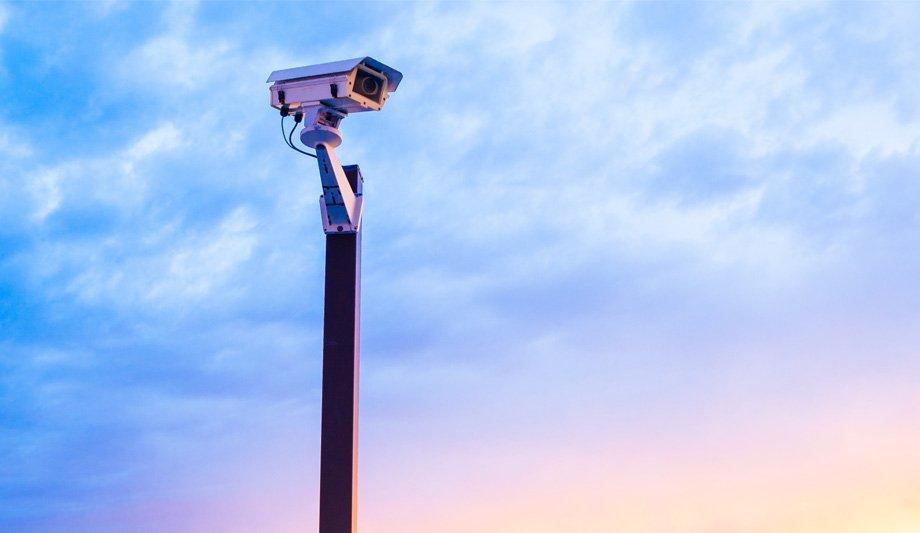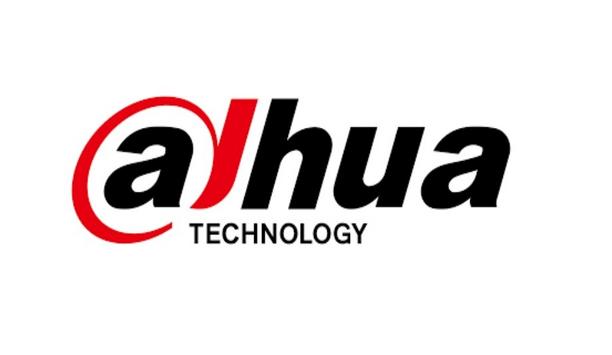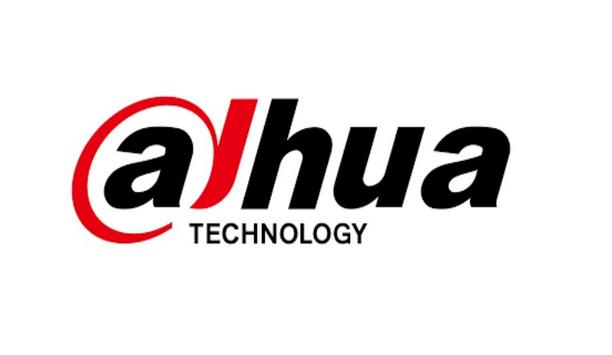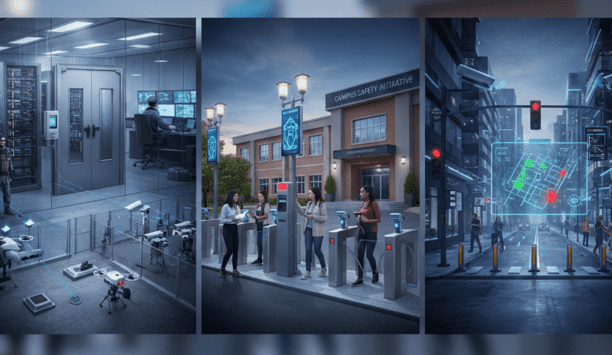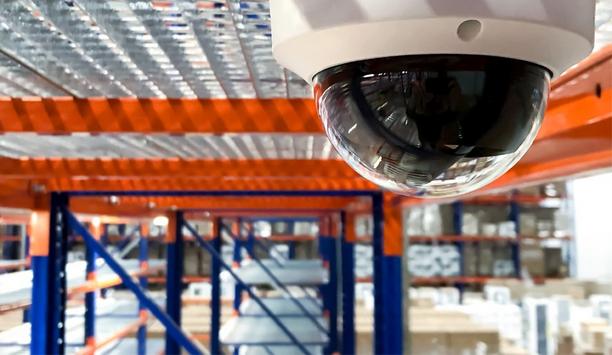One of the biggest security trends in the last two years has been the adoption of cloud-based services, spearheaded mainly by an increasing number of video surveillance-as-a-service (VSaaS) offerings.
VSaaS market value
According to MarketsandMarkets Research, the global VSaaS market value is expected to reach $6.2 billion by 2026. This growth is propelled by demand for remote access video services, less local hardware to maintain, new internet-enabled devices, and a lower total cost of ownership.
While the majority of video surveillance deployments still primarily consist of on-premise solutions, the benefits of the cloud are too appealing for multi-site businesses to ignore.
Cloud-based video architectures
Moving to the cloud marks a fundamental shift in how you approach compliance, safety, marketing, and security
With multiple geographically dispersed locations, limited staff, and often disparate equipment brands, these organisations are ideal candidates for cloud-based video architectures. The catch is, that you must have the potential value ready to show to your C-suite. Decision-makers require compelling benefits to invest in a new way of doing business.
Moving to the cloud is not the same as buying a piece of video hardware with a few new bells and whistles: it marks a fundamental shift in how you approach compliance, safety, marketing, and security. Among these paradigm-altering changes include:
Reduced up-front infrastructure costs
The most common argument for switching from an on-premise, server-based VMS to a cloud platform is the ability to eliminate significant up-front capital investment in video surveillance hardware and software.
The cloud becomes an operational expense in the form of a subscription fee - paid on a yearly, quarterly, or monthly basis. The true cost-benefit for users is flexibility: organisations only pay for the storage they need, instead of investing in on-site storage solutions that are much larger than necessary.
Worry-free maintenance
With a VSaaS solution, tasks are handled by the service provider, often before the end-user even notices
In addition to the enormous amounts of money organisations spend to get their video networks up and running, there are also significant sums paid for ongoing maintenance. Hardware failures are a common occurrence in video surveillance. Hence, businesses often enter a maintenance contract with their integrator to ensure they're covered in a camera outage or drive failure.
Of course, consideration must also be given to the cybersecurity of video hardware and software to prevent data vulnerabilities. With a VSaaS solution, these tasks are handled by the service provider, often before the end-user even notices there is a problem.
Continuous monitoring
In most cloud configurations, the health of cameras and other equipment are continuously monitored and can be quickly repaired, reducing the chance of lost video.
Historically manual tasks like applying software patches and updates can be done continuously and seamlessly in the cloud, removing any downtime and eliminating the need for IT to search for and update them individually.
Scalability made easy
Let's say you are adding new locations to your network and need to increase your surveillance coverage to account for this growth, or maybe you need to take a location offline and are removing coverage to dial back costs.
In the old model, you would once again be in the position of evaluating technology, determining how much more/less storage would be required, adding/renegotiating licenses for your video management system, and once again paying for all this up-front. The cloud eliminates this complexity and makes your life easier.
Data storage
Data storage is no longer an issue with the cloud, as it can scale up or down with your needs
Data storage is no longer an issue with the cloud, as it can scale up or down with your needs.
Any additional cameras can be added or removed on the fly, retention times can be modified as you see fit, and it’s truly elastic for your business requirements at the current moment.
Advanced analytics
Talk of artificial intelligence (AI) is all around us, and if you're a technology specialist, you are probably aware of the advancements taking place with video analytics. Despite debate in the industry about whether today's analytics solutions constitute true AI, there's little doubt they’ll influence how you leverage video surveillance technology in a wide range of applications.
Unless you plan on running the high-powered servers necessary for these analytics on every business site, the cloud is your best option to take advantage of this next-generation functionality.
Video analytics
Video analytics also holds enormous potential for other applications, such as marketing and customer service
Beyond some obvious security use cases such as facial recognition to spot known criminals, video analytics also hold enormous potential for other applications, such as marketing and customer service.
Imagine using heat mapping to determine which end-cap in your store had the most traffic so you could stock accordingly, or having a rule that alerts you when a door has been propped open keeping your business compliant.
Video cloud services
Video cloud services empower you to manage a single, unified platform to monitor an entire network of devices and cameras across multiple locations in various geographies keeping simplicity, reliability, and cybersecurity in mind.
Video is one of the most valuable resources in your security arsenal, and you need it to scale easily with minimal operating expenses to get the most value. The cloud sets you up for a future where all that is possible while providing you with business insights. Isn’t that what we’re all looking for?
From facial recognition to LiDAR, explore the innovations redefining gaming surveillance

